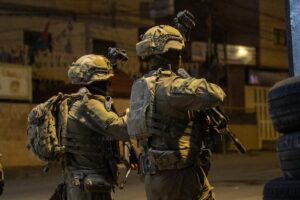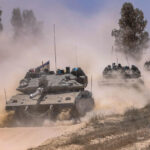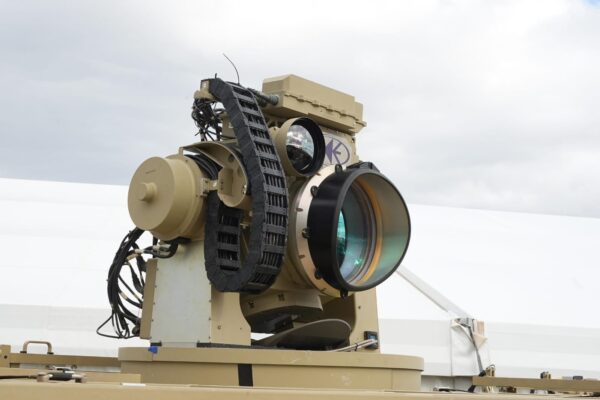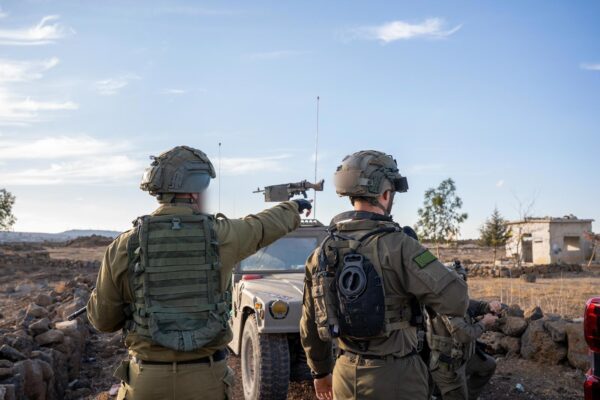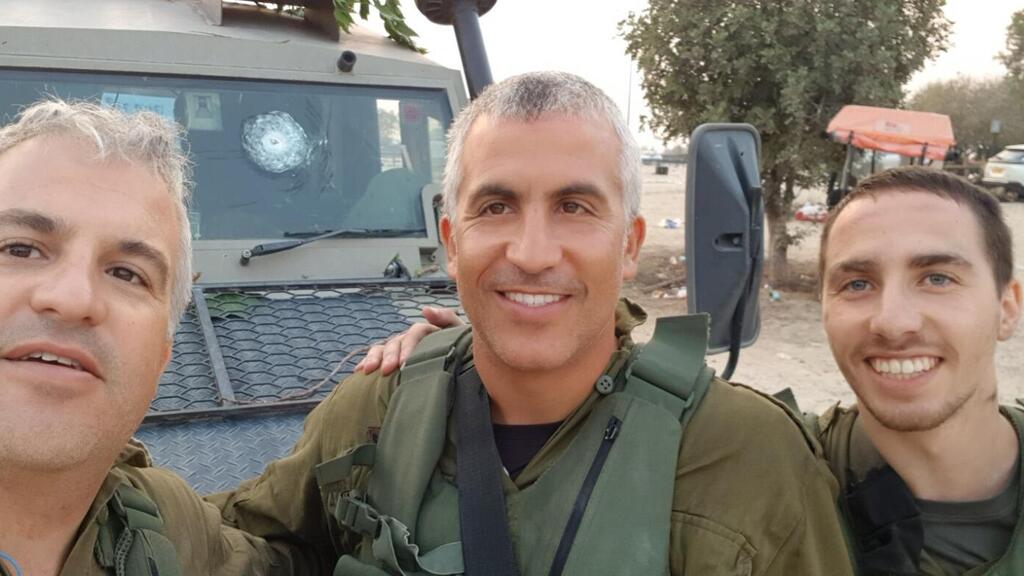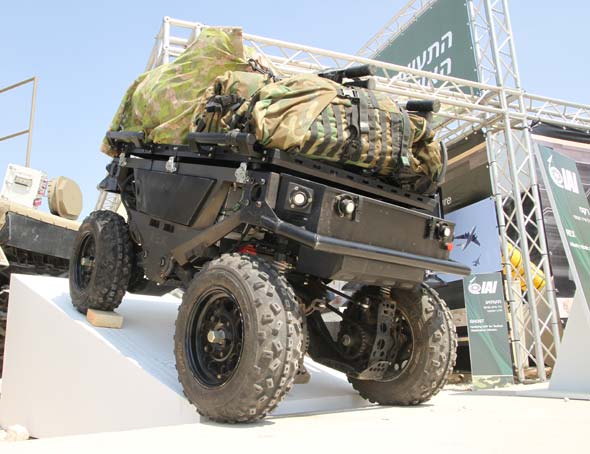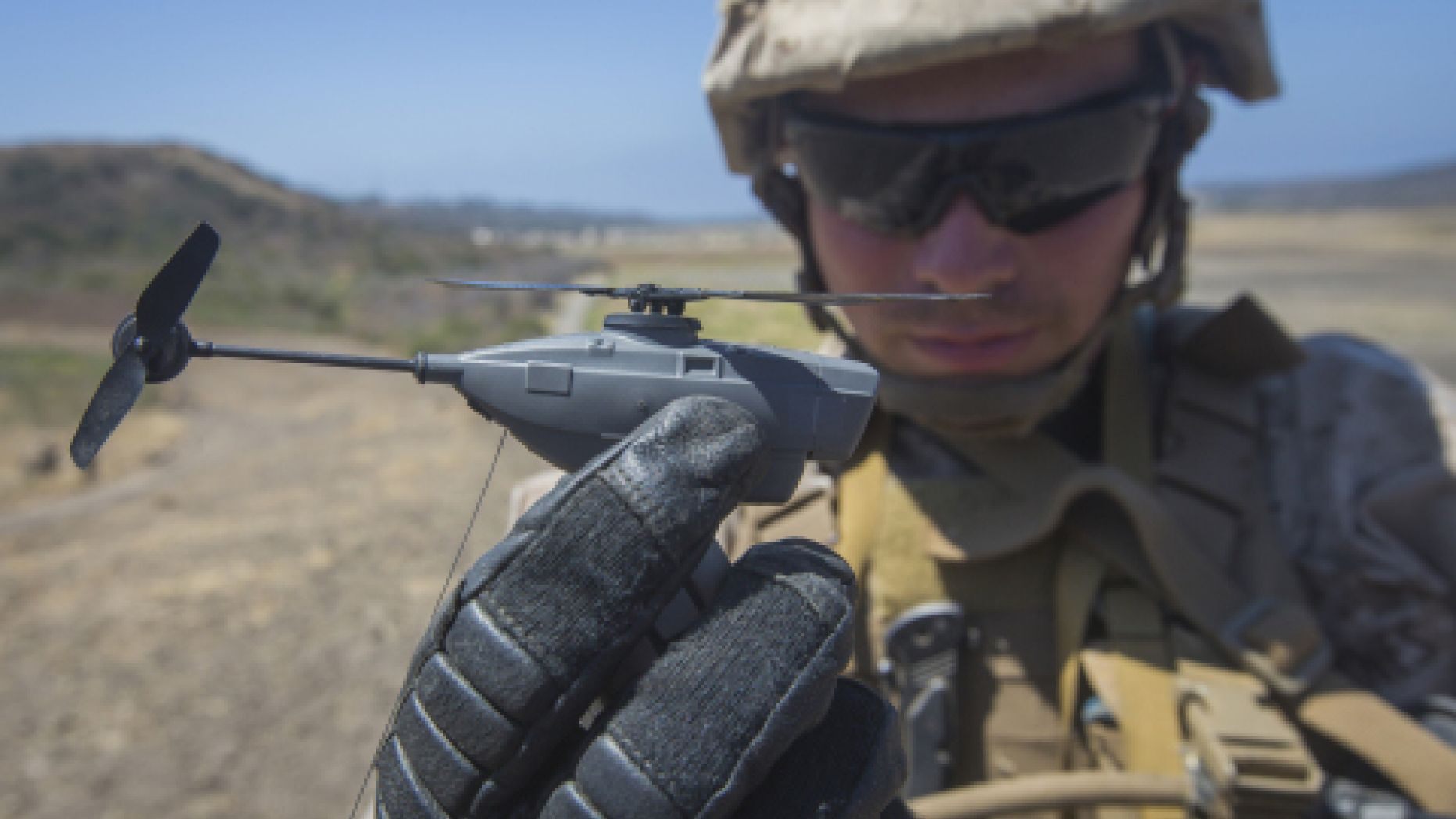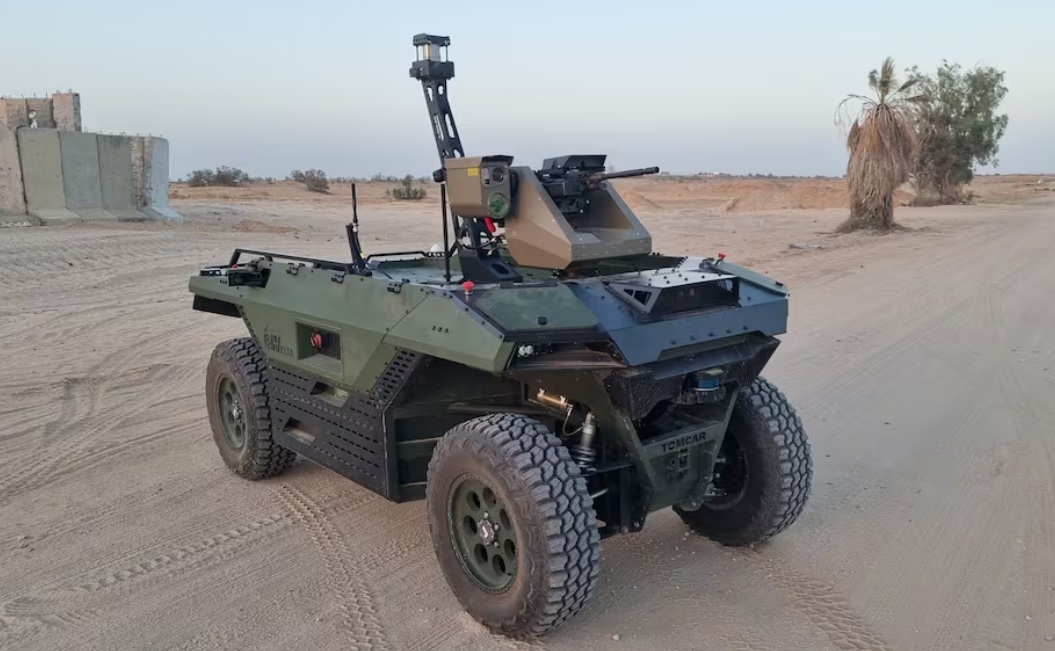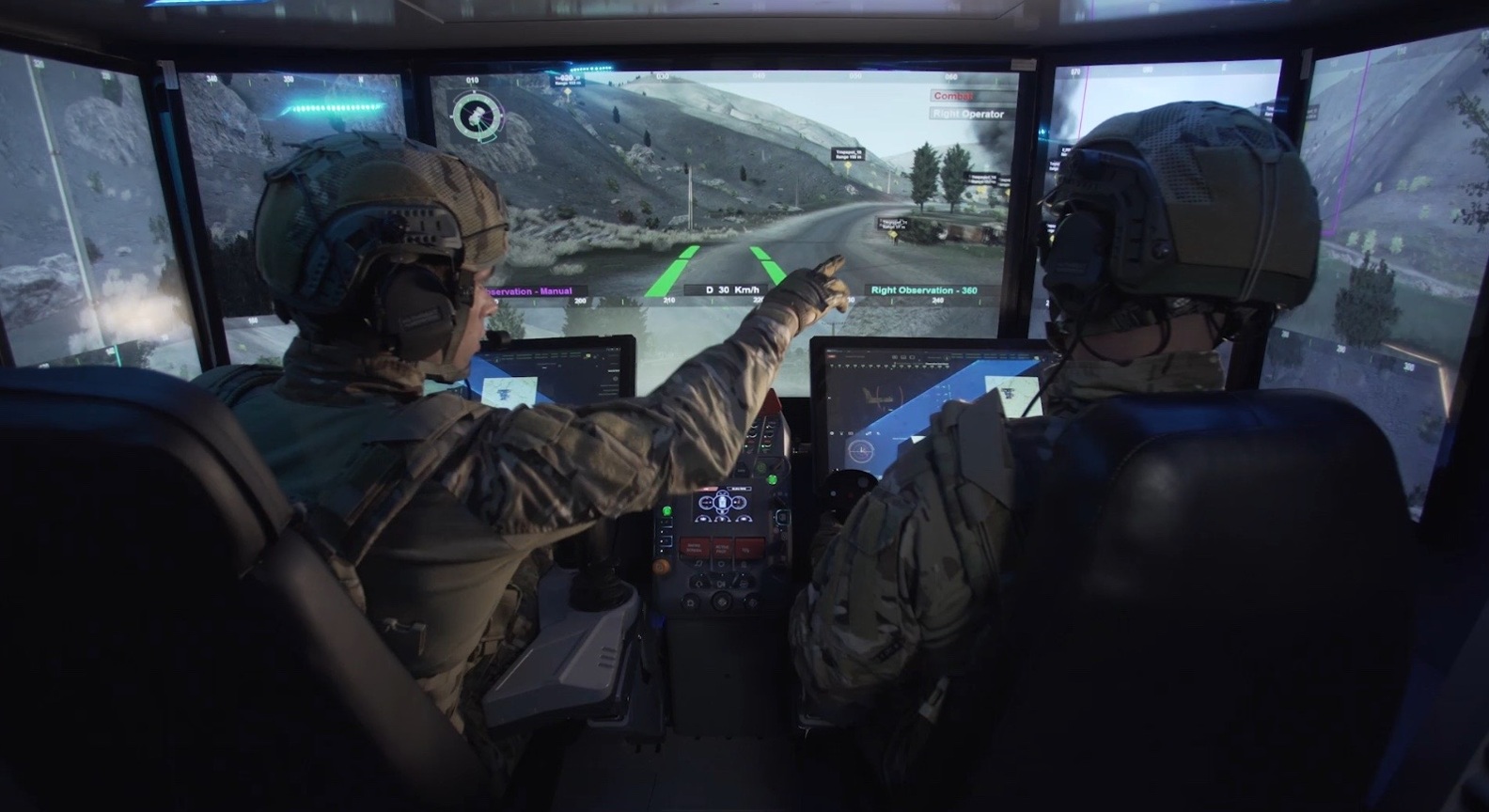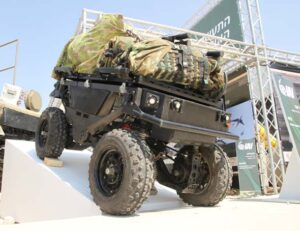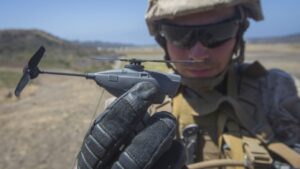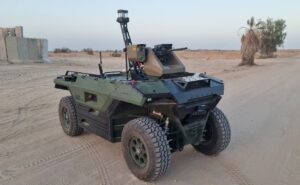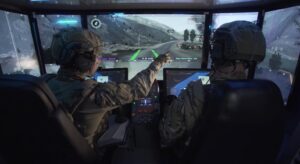The IDF has rolled out a series of groundbreaking innovations that are reshaping modern warfare and rehabilitation.
By Hezy Laing
In a time of heightened conflict and technological acceleration, the Israel Defense Forces (IDF) have once again proven that necessity is the mother of invention.
From battlefield medicine to AI-driven defense systems, the IDF has rolled out a series of groundbreaking innovations that are reshaping modern warfare and rehabilitation.
1. Thermoelectric Blood Refrigerators for Combat Zones
Developed by engineering students at the Sami Shamoon College of Engineering, this portable thermoelectric refrigerator was designed to preserve blood units on the battlefield. Inspired by the real-life experiences of combat medics during reserve duty, the device ensures that life-saving transfusions can be administered in remote or high-risk environments without relying on traditional cooling infrastructure.
2. AI-Powered Emotional Support App
Recognizing the psychological toll of combat, the IDF has supported the development of an AI-based mobile app that detects emotional distress through interactive chat. The app offers real-time counseling, meditation guidance, and emotional regulation tools, aiming to reduce PTSD and improve mental health outcomes for soldiers returning from active duty.
3. Predictive Cyberthreat Detection
Elite cyber unit 8200 continues to lead Israel’s digital defense frontier.
In 2025, the unit unveiled new protocols for predictive threat detection using machine learning, allowing Israel to preempt cyberattacks on critical infrastructure.
This innovation is part of a broader transformation within the IDF Intelligence Directorate, where data analysts and AI systems work hand-in-hand to scan vast amounts of digital information for early warning signs of terrorist activity and cyber intrusions.
At the heart of this system is the concept of identifying “key data”—critical fragments of information that reveal behavioral patterns, operational planning, or digital footprints of hostile actors.
These data points are extracted from an overwhelming sea of raw intelligence using advanced filtering algorithms and machine learning models.
The system doesn’t just react to threats—it anticipates them. By analyzing patterns across communications, movements, and digital signals, it can forecast potential attacks and enable preemptive action.
This predictive capability was notably demonstrated during operations like “Black Belt,” where the IDF eliminated missile launchers before they could be fired.
The system flagged suspicious activity based on behavioral modeling, allowing commanders to act with precision and speed.
The fusion of human expertise and machine intelligence has created a hybrid analytical force capable of scanning, comparing, and interpreting data in real time.
4. Prosthetic-Friendly Utility Devices for Wounded Soldiers
In collaboration with Beit HaLochem rehabilitation centers, IDF engineers and students created a suite of tools to help amputees regain independence. These include a forearm-mounted device that allows hand amputees to open bottles and use utensils simultaneously, as well as a one-handed shoelace tying tool and a quick-release prosthetic mechanism for adaptive sports like kite surfing.










